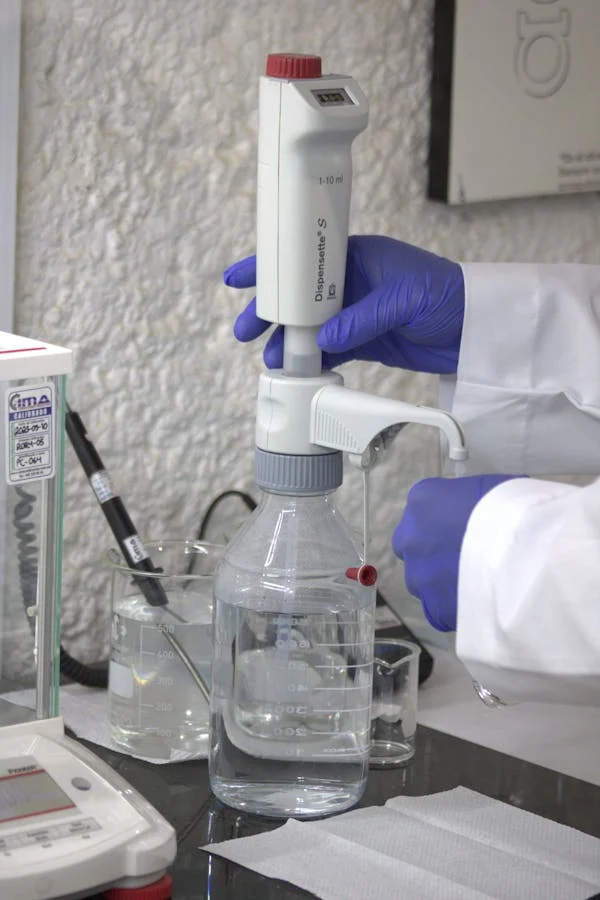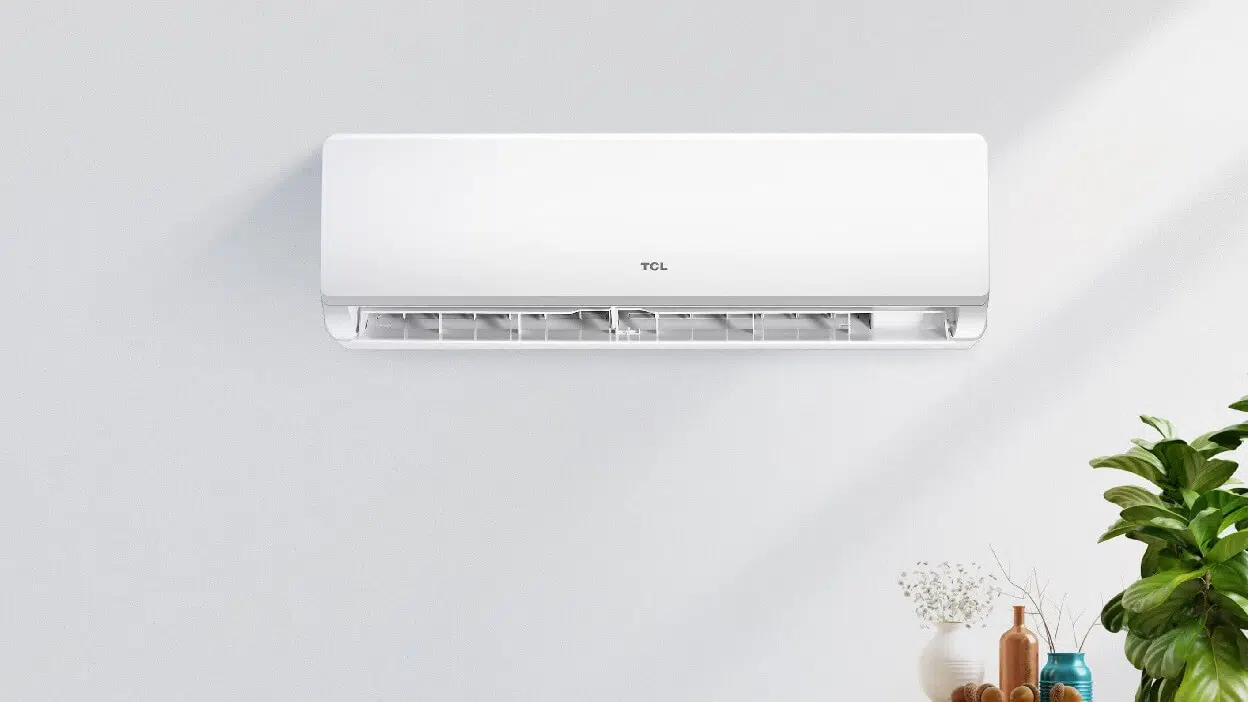Introduction:
The world around us is filled with air, a mixture of gases pressing down on us with an invisible force. But what happens when you remove this air, creating a near-perfect vacuum? Enter the fascinating realm of vacuum technology, a field that deals with the creation and utilization of extremely low-pressure environments.
This technology might seem esoteric, but it’s surprisingly pervasive. From the light bulbs illuminating your room to the smartphones in your pocket, vacuum technology plays a crucial role in countless everyday applications. Let’s delve into the world of vacuums, exploring its core principles, the different types of vacuum pumps, and its diverse applications that shape our modern world.
Understanding Pressure: The Essence of Vacuum
Before we dive into the specifics, it’s important to understand the concept of pressure. Imagine a balloon filled with air. The air molecules inside are constantly bouncing around, exerting a force on the balloon’s walls. This force, spread over a certain area, is what we call pressure. In everyday life, we deal with atmospheric pressure, the weight of the air pressing down on us due to gravity.
Vacuum technology is essentially the art of reducing this pressure to incredibly low levels. We measure pressure in various units, with Torr (mmHg) and Pascals (Pa) being common choices. A standard atmosphere (atm) is roughly equivalent to 760 Torr or 101,325 Pa. In a perfect vacuum, there would be no air molecules present, resulting in zero pressure. However, achieving a perfect vacuum is practically impossible. Vacuum technology focuses on creating environments with extremely low pressure, often reaching fractions of a billionth of atmospheric pressure.
Pumping Up the Vacuum: Different Types of Vacuum Pumps
So, how do we create these near-empty spaces? Here’s where the heroes of the story come in – vacuum pumps. These ingenious machines work by extracting gas molecules from a chamber, progressively lowering the pressure inside. There are various types of pumps, each suited for different pressure ranges and applications:
-
Mechanical Pumps:
- These pumps, like the ones used for bicycle tires, trap and remove gas molecules using mechanical mechanisms. Examples include rotary vane pumps and piston pumps, effective at achieving moderate vacuums (around 1 Torr).
-
Positive Displacement Pumps:
- These pumps isolate a fixed volume of gas and physically move it out of the chamber. They offer high pumping speeds at medium pressures (around 0.1 Torr) and are often used as backing pumps for other types.
-
Diffusion Pumps:
-
These pumps utilize high-speed jets of vapor to create a “streaming effect” that pushes gas molecules out of the chamber. They excel at achieving high vacuums (down to 10^-4 Torr) but require a backing pump to function effectively.
-
Turbomolecular Pumps:
-
These cutting-edge pumps use high-speed turbine blades that transfer momentum to gas molecules, pushing them out of the chamber. They excel at achieving ultra-high vacuums (down to 10^-11 Torr) and are ideal for research applications.
The Invisible Touch: Applications of Vacuum Technology
Vacuum technology isn’t just about creating a scientific curiosity. It plays a vital role in numerous industries, shaping the very products and technologies we rely on daily:
-
Electronics Manufacturing:
-
The microchips that power our computers and smartphones require incredibly clean and precise environments for fabrication. Vacuum technology creates the near-perfect vacuum chambers necessary for this delicate process.
-
Incandescent and Halogen Light Bulbs:
-
These bulbs rely on a filament glowing due to electricity passing through it. A vacuum is essential to prevent the filament from burning up in the presence of oxygen.
-
Coating Technologies:
-
Vacuum technology is used in various coating processes, like Physical Vapor Deposition (PVD) and Sputtering. These techniques create thin films on surfaces with specific properties, crucial for everything from scratch-resistant lenses to microchips.
-
Food Preservation:
-
Freeze-drying, a popular technique for preserving food, utilizes vacuum technology to remove moisture from food items while maintaining their shape and nutritional value.
-
Semiconductor Industry:
-
Vacuum technology is essential for manufacturing semiconductors, the brains of modern electronics. It allows for processes like etching and doping, which create the intricate circuitry on these chips.
-
Research and Development:
-
From particle accelerators in physics research to electron microscopes used for imaging at the atomic level, vacuum technology facilitates groundbreaking scientific discoveries.
-
The Future of Vacuum Technology
The world of vacuum technology is on the cusp of exciting advancements, promising to push the boundaries of what’s possible in creating and utilizing near-perfect vacuums. Here’s a glimpse into what the future holds:
-
- Related Article: https://gadgetsbynow.com/
-
Cryopumps: Chilling Out for Ultra-High Vacuum:
-
Current vacuum pumps can achieve remarkable levels of emptiness, but there’s always room for improvement. Cryopumps, already playing a role in research labs, are poised to become more prevalent. These ingenious devices utilize extremely low temperatures, often achieved with liquid helium, to trap gas molecules. As gas molecules collide with the frigid surfaces, they lose energy and stick to the pump, effectively removing them from the chamber. This allows cryopumps to achieve ultra-high vacuums, reaching pressures down to a staggering 10^-13 Torr (ten trillionth of an atmosphere) – that’s practically nothing!
-
The future of cryopumps lies in improved efficiency and affordability. As cooling technologies advance, cryopumps might become more accessible for various industries, not just high-end research facilities.
-
-
Magnetic Levitation Pumps: Frictionless Future for High Vacuum:
-
Traditional mechanical pumps rely on moving parts to extract gas molecules. These parts can generate friction and wear down over time, limiting their ultimate vacuum level. Enter magnetic levitation pumps, a concept with immense potential.
-
These futuristic pumps utilize powerful magnets to levitate impellers within the chamber, eliminating friction altogether. This allows for smoother operation and potentially higher achievable vacuums compared to traditional mechanical pumps. Additionally, the absence of friction translates to reduced maintenance needs and a longer lifespan for the pump.
-
While magnetic levitation pumps are still under development, their potential benefits have attracted significant research efforts. As these pumps become commercially viable, they could revolutionize applications requiring high vacuums in fields like semiconductor manufacturing and advanced materials research.
-
-
Advanced Materials for Enhanced Performance:
-
The materials used to construct vacuum chambers and pumps play a crucial role in achieving and maintaining low pressures. The future will likely see advancements in materials science leading to:
-
Improved Outgasing:
-
Certain materials, when exposed to a vacuum, release trapped gases themselves. New materials with minimal outgasing properties will be crucial for creating cleaner and more stable vacuum environments.
-
Enhanced Durability:
-
Vacuum chambers are often exposed to harsh conditions, including high temperatures and corrosive chemicals. Developing stronger and more corrosion-resistant materials will ensure longer lifespans for these critical components.
-
-
-
Miniaturization and Portability:
- Today, vacuum technology primarily exists within large, industrial settings. However, the future might see a miniaturization of vacuum pumps, making them more compact and portable. This could open doors for applications in areas like on-site environmental monitoring or even medical diagnostics. Imagine portable vacuum systems used for rapid blood analysis in remote locations!
-
Integration with Automation and AI:
- The rise of automation and artificial intelligence (AI) will likely touch vacuum technology as well. Imagine intelligent control systems that optimize pump operation based on real-time pressure readings or AI-powered leak detection systems that identify and pinpoint issues within the vacuum chamber with pinpoint accuracy.
The Broader Impact of a Better Vacuum
These advancements in vacuum technology are not just about achieving ever-lower pressures. They have the potential to revolutionize various fields:
-
Advanced Nanomaterials: Creating next-generation nanomaterials often requires precise manipulation of atoms and molecules. Ultra-high vacuum environments will be crucial for this research.
-
Quantum Technologies: The strange and wonderful world of quantum mechanics necessitates near-perfect vacuums for experiments involving superconductivity and quantum entanglement.
-
Space Exploration: Vacuum technology plays a vital role in simulating the harsh conditions of space for testing spacecraft and satellites. Advancements in this field will pave the way for deeper space exploration.
A World Built on a (Near) Vacuum
Vacuum technology might seem like a niche field, but it underpins countless aspects of our modern world. From the light bulbs illuminating our homes to the smartphones in our pockets, a near-vacuum environment plays a crucial role. As the field continues to evolve, we can expect even more exciting applications on the horizon, pushing the boundaries of science and technology and shaping the future as we know it.



